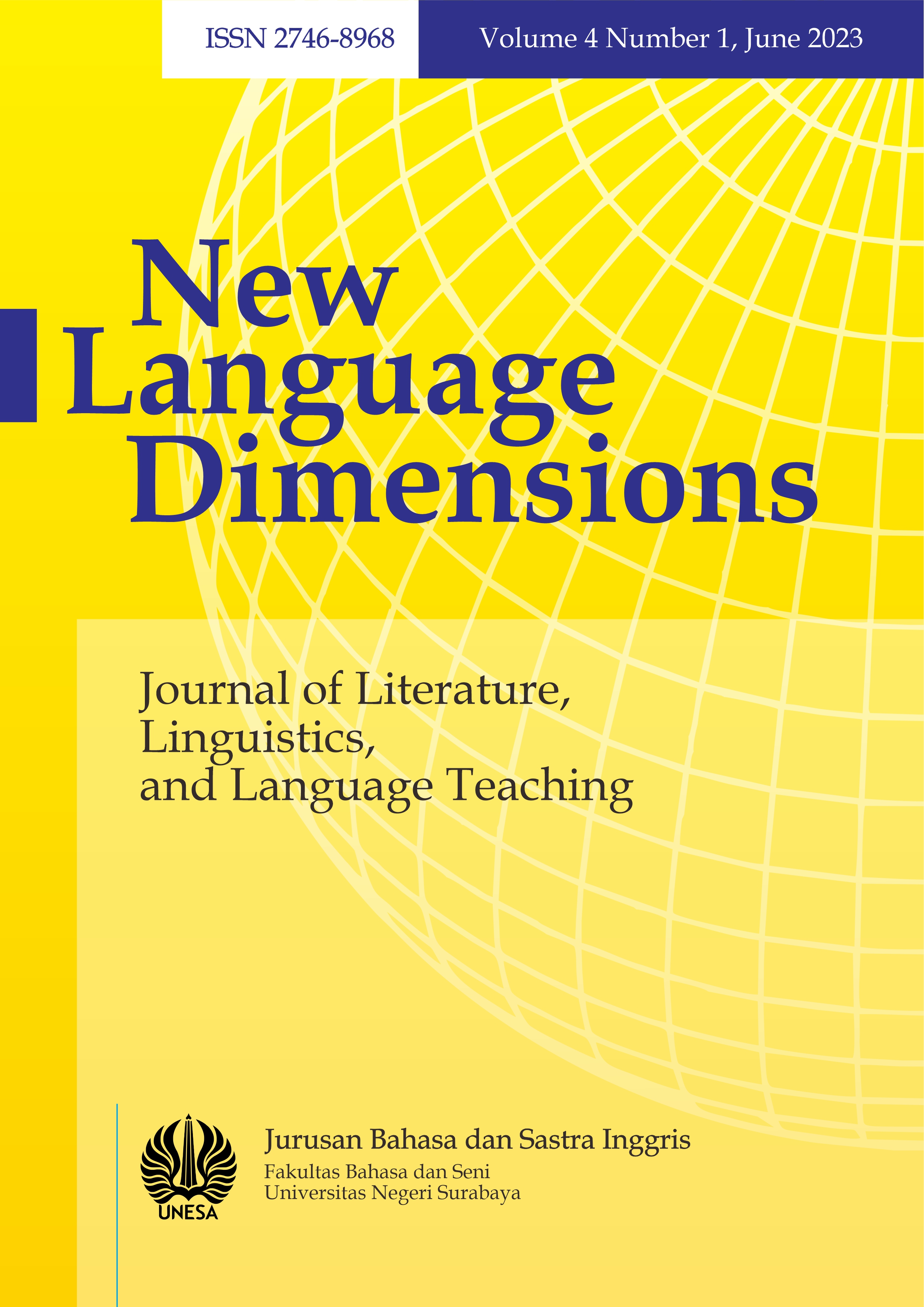Implicature, Technique, and Function of Humor on Instagram Memes
DOI:
https://doi.org/10.26740/nld.v4n1.p52-63Abstract
Nowadays, humor is a phenomenon that emerges and is enjoyed by social media users. On social media, humor develops in a new form of communication namely “internet memes”. In addition, internet memes with humorous nuances come with certain ideas and functions intended by the meme maker. This study furthermore attempts to examine the themes or ideas of memes, conventional implicatures, humor creation techniques, and the functions of internet memes uploaded by @memecomic.id Instagram account. This research is a qualitative descriptive study, which data was collected by screen capture technique. The data were subsequently analyzed using qualitative descriptive method and pragmatic approach in exploring the implicature or implied purpose as well as the function behind the meme creation. It was shown in the study result that social phenomenon memes are presented using humor allusion and definition techniques. Moreover, the function of social phenomenon memes is solidarity which includes sharing experiences, obtaining advantage of shared experiences, ridiculing without hurting, and psychologically addressing life common problems with humor to soothe the psyche. What is more, social phenomenon memes are created to share behaviors or social problems experienced by most people. Consequently, the memes will seem ridiculous and humorous without hurting anyone.
Downloads
References
Berger, A. A. (1993). An Anatomy of Humor. Routledge.
Chaer, A., & Agustina, L. (2010). Sosiolinguistik perkenalan awal. Rineka Cipta.
Nugraha, A., Sudrajat, R. H., & Satria, B. P. (2015). Fenomena meme di media sosial (studi etnografi virtual posting meme pada pengguna media sosial instagram). Jurnal Sosioteknologi, 14(3)
Rina, N., Yanti, Y., & Idham, H. (2020). Implicature in the internet memes: semio-pragmatics analysis. Journal of Cultura and Lingua (CULINGUA), 1(1).
Yule, G. (1996). Pragmatics. In Oxford Introduction to Language Study (p. 76). Oxford University Press.
Downloads
Published
Issue
Section
 Abstract views: 589
,
Abstract views: 589
, PDF Downloads: 533
PDF Downloads: 533











